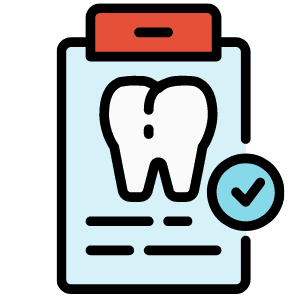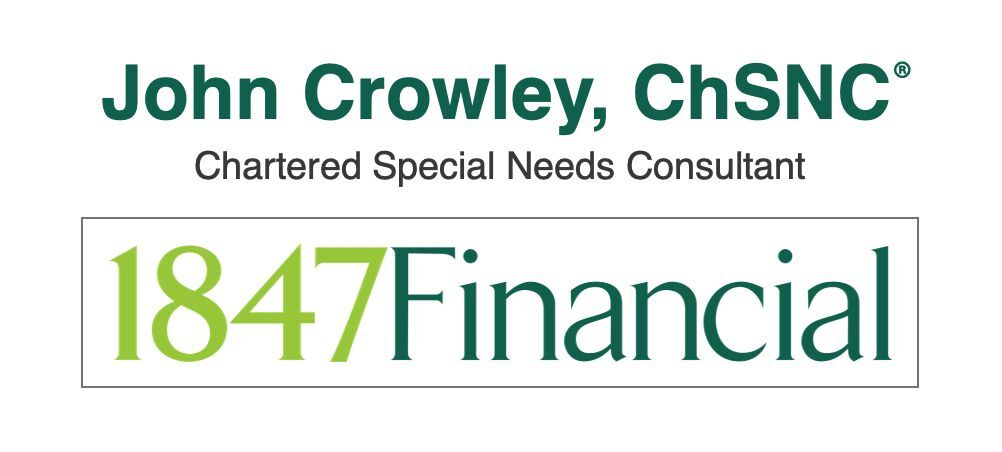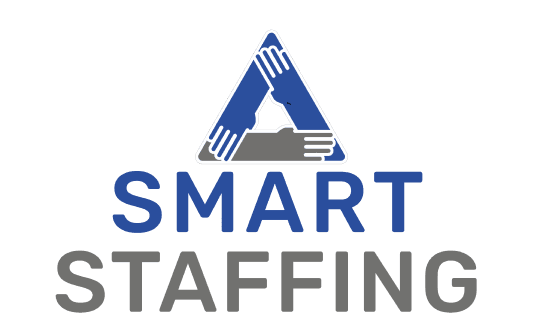Sedation Options

There are different levels and types of sedation for each patient. Talking with your dentist about your child’s medical history as well as their current mental and physical health will help determine the safest and most appropriate method for your situation. The following are sedation options:
- Nitrous oxide or “laughing gas” is a great option to help take away the anxiety that children with Down syndrome may feel. The nitrous oxide gas keeps the patient awake and conscious during the procedure. Some possible side effects of laughing gas can be headaches, nausea, vomiting, and sleepiness.
- Oral sedation is where your child with Down syndrome takes medication before they come to the dental office. This medication can help your child feel relaxed and calm during the procedure. Depending on the medication and dose, your child may fall asleep during the procedure. Oral sedation requires taking a pill 30 to 60 minutes prior to the dental appointment, depending on the type and dose of the medication.
- IV sedation is where sedative drugs are administered intravenously at the dental office. The dentist is able to control the amount of sedation depending on the status of the patient and the type of procedure. The patient may not be completely asleep during the procedure but in a sleepy and relaxed state. The patient may not remember the procedure.









